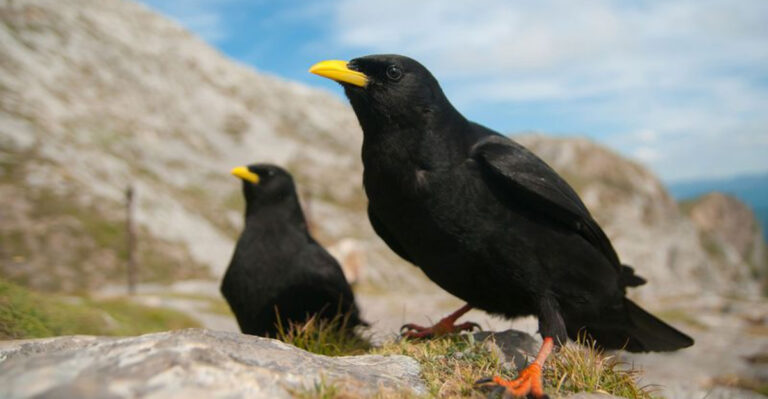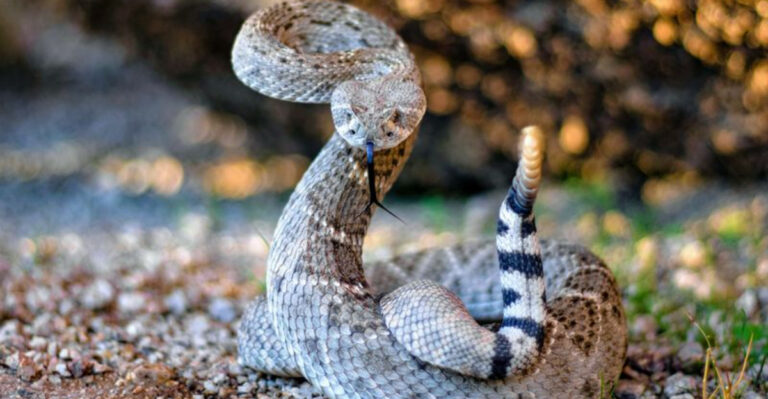14 Facts About The Colugo, The Strangest Animal You’ve Never Heard Of
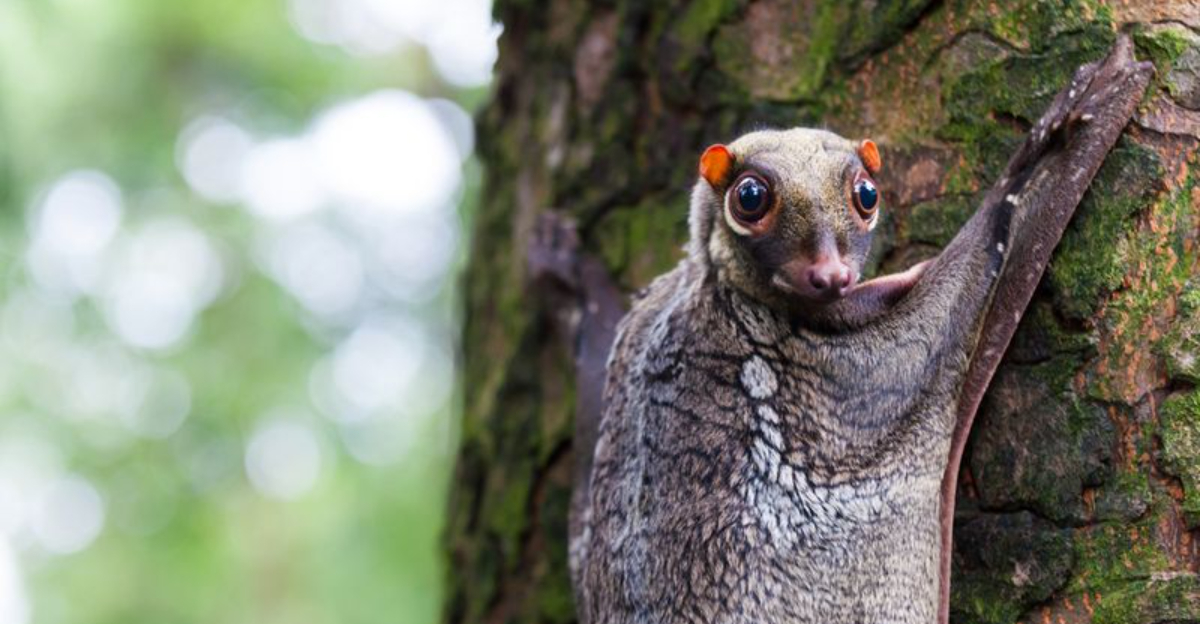
Imagine gliding through the rainforest, not as a bird, but as a mammal! Meet the colugo, a creature that defies the usual rules of nature.
Often mistaken for a flying lemur, this unique animal is neither a lemur nor does it truly fly. It’s a remarkable glider, an evolutionary marvel that has perfected the art of soaring between trees.
1. Master Gliders

Colugos are nature’s hang-gliders, using flaps of skin stretched between their limbs to glide impressively long distances.
Unlike anything you might expect from a mammal, they can travel up to 200 feet in a single leap. While they aren’t true flyers, their ability to navigate the treetops with such grace is unparalleled in the animal kingdom.
2. Not A Lemur
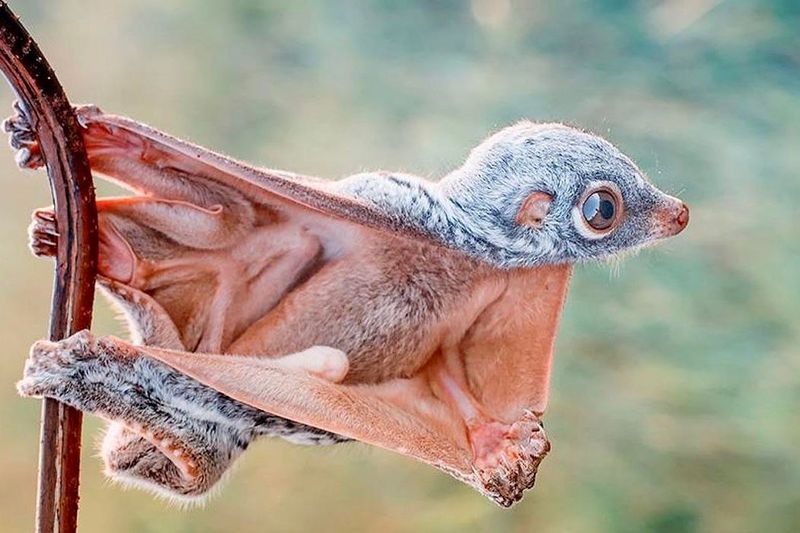
Despite often being called ‘flying lemurs,’ colugos aren’t related to lemurs at all. This misnomer comes from their large, expressive eyes and nocturnal habits, which are somewhat lemur-like.
Instead, colugos belong to their own unique mammalian order: Dermoptera, setting them apart in the taxonomy world.
3. Evolutionary Cousins
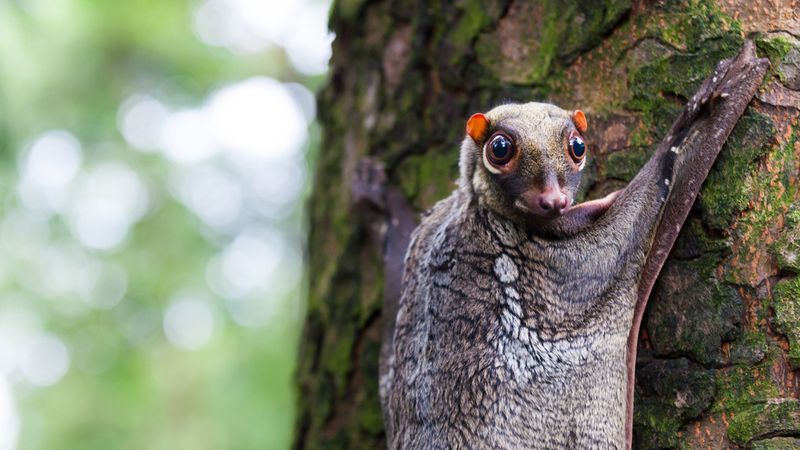
Colugos share a distant evolutionary connection with primates, their closest relatives. This relationship is fascinating because it implies that, millions of years ago, they shared a common ancestor. This ancient link adds a layer of intrigue to the already curious nature of the colugo.
4. A Night Owl’s Life

Under the cover of night, colugos spring into action. These nocturnal creatures are most active after sundown, foraging for food and gliding from tree to tree under the moonlit sky. This nighttime lifestyle helps them avoid predators and thrive in the shadows of the forest canopy.
5. Herbivore Diet
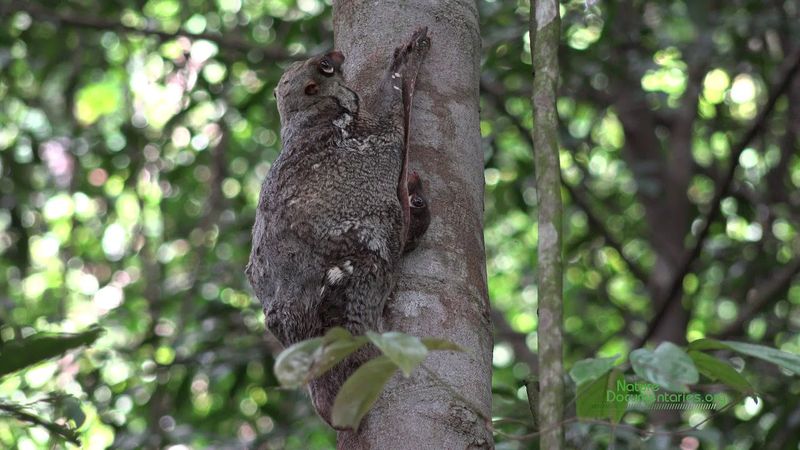
Colugos are strict herbivores, dining exclusively on a diet of leaves, fruits, and flowers. This plant-based menu requires them to have a specialized digestive system capable of breaking down tough plant fibers, a testament to their unique adaptation to the forest environment.
6. Gentle Creatures
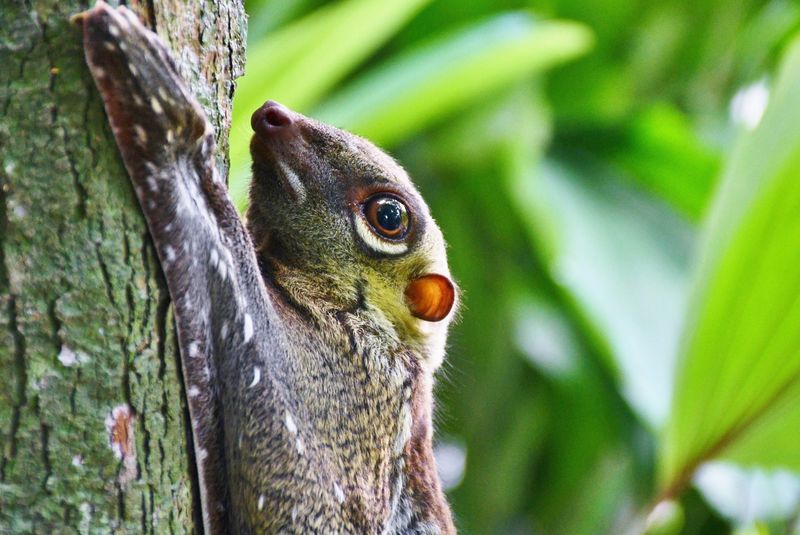
Known for their docile and gentle demeanor, colugos are rarely aggressive. They spend their days resting quietly in the treetops, only venturing out at night. This peaceful nature, combined with their nocturnal habits, makes them a rare sight for humans to encounter.
7. Unique Communication
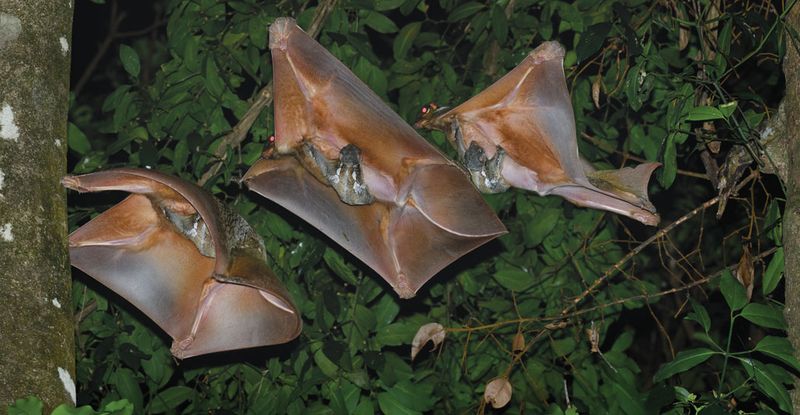
Colugos communicate through soft, high-pitched calls, a language of whispers in the dense forest. These vocalizations help them stay connected with others, especially during the night when they may be scattered across various trees. Their communication style is as gentle as their nature.
8. Tree Top Dwellers

Living life high among the trees, colugos are true arboreal creatures. Their entire existence revolves around the canopy, where they find food, shelter, and safety. Their coloration and body adaptations allow them to blend seamlessly with the treetop environment.
9. Mysterious Origins

The exact origins of the colugo remain a mystery, but they’re primarily found in Southeast Asia’s tropical rainforests. This enigmatic background adds to their intrigue, as scientists continue to study their evolutionary history and ecological role in these dense forest ecosystems.
10. Surprisingly Social
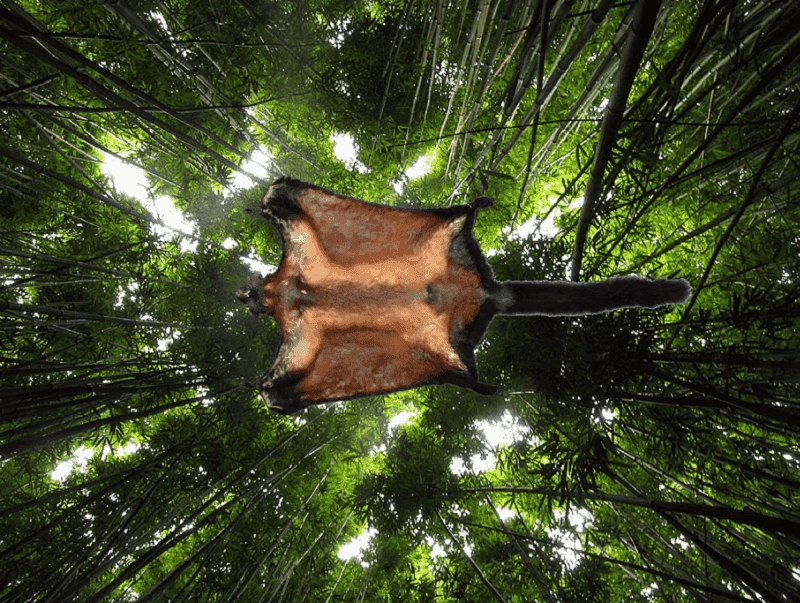
Though they may seem solitary, colugos are surprisingly social. They often interact with one another, especially mothers with their young. These social bonds are essential for their survival in the wild, as they can share food sources and protect each other from predators.
11. Mother And Child Bond

Mother colugos carry their young close, even while gliding through the trees. This bond is crucial for the survival of the offspring, as it ensures they learn the necessary skills to navigate their arboreal world. The sight of a mother and baby colugo gliding together is truly heartwarming.
12. Expert Camouflage
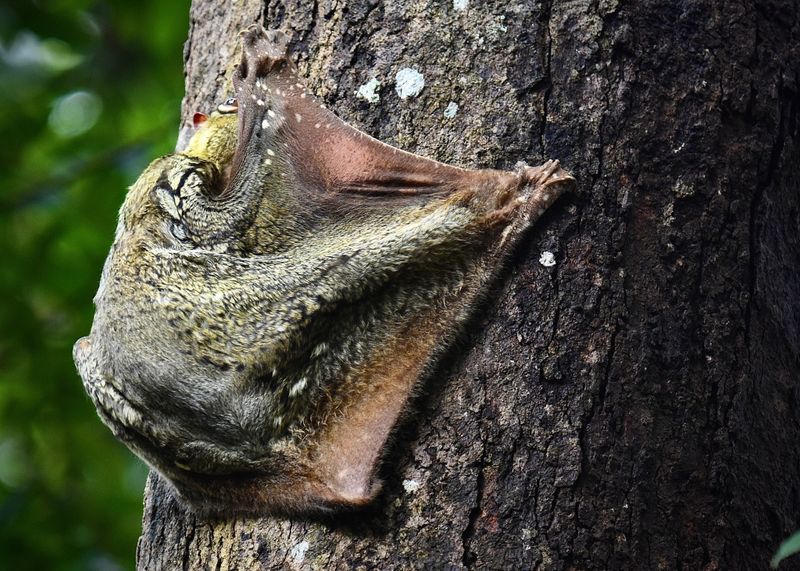
Colugos have mastered the art of camouflage. Their fur patterns and colors allow them to blend seamlessly into the bark and leaves, evading predators with ease. This natural disguise is crucial for their survival, especially during the day when they’re resting and vulnerable.
13. Quiet Observers
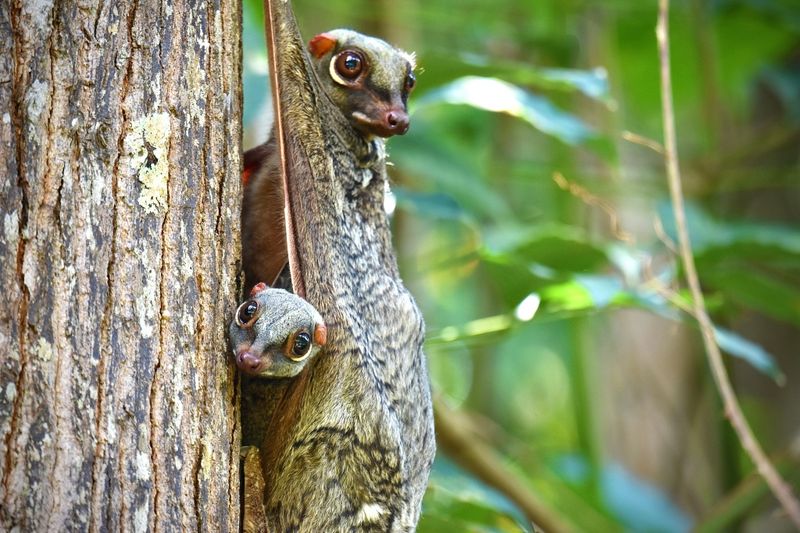
With their large eyes and keen senses, colugos are the quiet observers of the forest. They spend hours watching their environment, learning and adapting to any changes. This observational prowess is key to their survival, helping them avoid threats and find new food sources.
14. Endangered Status

Colugos face the threat of habitat loss, with deforestation impacting their natural environments. Conservation efforts are crucial to protect these unique animals and preserve the rich biodiversity of the rainforests they call home. Every effort counts in ensuring the colugo’s survival for future generations.


